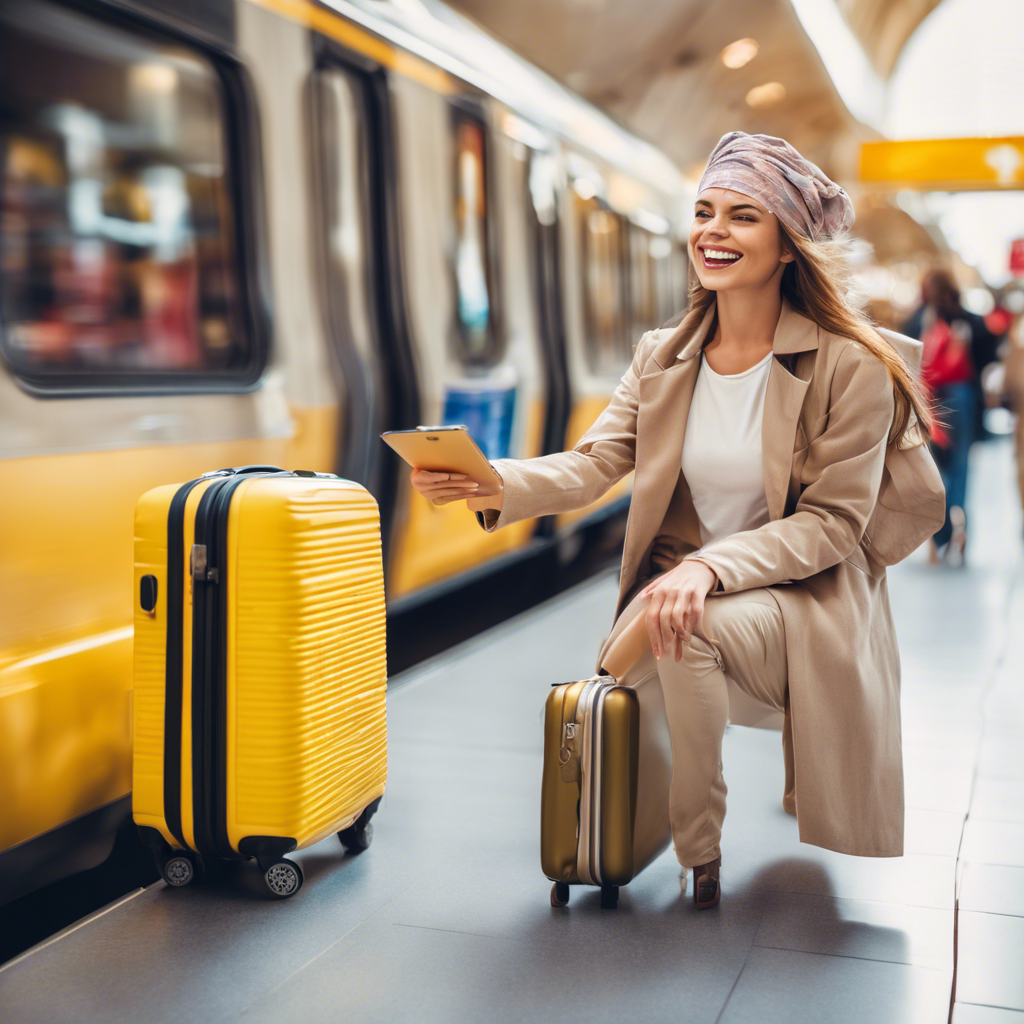The Rise of Travel and Shopping: Exploring New Opportunities in a Post-Pandemic World

As travel rebounds, consumers are embracing new destinations and combining business with leisure, leading to a surge in shopping while on the road.
In the wake of the Covid-19 pandemic, global travel flows are projected to return to pre-pandemic levels by 2023, with an even higher growth rate expected in 2024. This resurgence in travel is driven by a fundamental change in lifestyles, including the rise of remote and hybrid work, as well as the growing trend of “workation” trips. As consumers hit the road, they are also embracing shopping as an integral part of their travel experience. This article explores the intersection of travel and shopping, highlighting the changing preferences of travelers and the opportunities it presents for brands and retailers.
Traveling to New Horizons: Beyond the Capital Cities
Many travelers are seeking new destinations, eager to explore beyond the traditional capital cities. Smaller cities such as Edinburgh, Lisbon, and Osaka have witnessed a surge in popularity, offering unique experiences in terms of historical sightseeing, culture, local dining, nightlife, and shopping. The phenomenon of “set-jetting,” inspired by popular television and film locations, is also attracting tourists to previously undiscovered destinations. This shift in travel itineraries presents new growth opportunities for brands and retailers.
Expanding Store Networks: Second-Tier Cities and Trending Locations
Brands are adapting to the changing travel landscape by expanding their store networks into second-tier cities. Uniqlo, for example, is focusing on accelerating new store openings, including plans for a store in Edinburgh, Scotland. Chanel has also set its sights on Edinburgh, opening its first Scottish pop-up in the city. Brands are also capitalizing on trending locations from popular culture. Louis Vuitton opened a branded café and boutique in Taormina, Sicily, after the town served as the backdrop for the hit series “The White Lotus.” By strategically aligning with trending locations, brands can capture the attention of travelers and drive sales.
Revival of Experiences: Pop-Ups and Beyond
Differentiating experiences are crucial for brands looking to attract travelers. Travelers are willing to spend a significant portion of their travel budget on curated moments or experiences. Brands are expanding beyond traditional pop-ups into adjacent categories such as food, nature, and wellness. Prada’s pop-up café in London’s Harrods department store and Fendi’s resort-based rollout in Marbella, Spain, are examples of brands extending their experiences beyond fashion. As travel itineraries expand geographically, pop-up ventures are also venturing into new locations, such as Dior’s Dioriviera, which launched in select destinations and expanded to places like Bali and Phuket. Fashion is also partnering with hospitality to reimagine experiences, such as the partnership between the Four Seasons Hotel in Houston and fashion membership club Vivrelle, offering hotel guests access to a luxury “closet” of brands.
Category Preferences: The Rise of Resort Fashion
With nearly 40 percent of consumers purchasing new clothing for their vacations, resort fashion is experiencing a surge in demand. Bright, summery labels like Zimmermann and Farm Rio are popular choices for travelers, and luxury e-tailers like MyTheresa are seeing triple the sales in the vacation category compared to 2019. Luxury brands are launching or refreshing resortwear collections, often at more accessible price points, to attract new customers. For example, LVMH-owned Loewe has expanded its Paula’s Ibiza vacation line, capitalizing on the success of its woven palm leaf totes. Resortwear is not limited to luxury houses, as mass brands like Mango collaborate with lifestyle brands to create colorful capsule beachwear collections.
Conclusion:
As travel rebounds, fashion brands and retailers have a unique opportunity to tap into the growing trend of shopping while on the road. By expanding store networks, creating differentiated experiences, and focusing on resort fashion, brands can cater to the evolving preferences of travelers and drive sales. Partnerships with adjacent industries, such as hospitality and travel adventure, can also create compelling blended experiences for customers. As the travel landscape continues to evolve, brands must keep pace with global customers, adapting to their preferences and offering unique shopping experiences wherever they may be.

